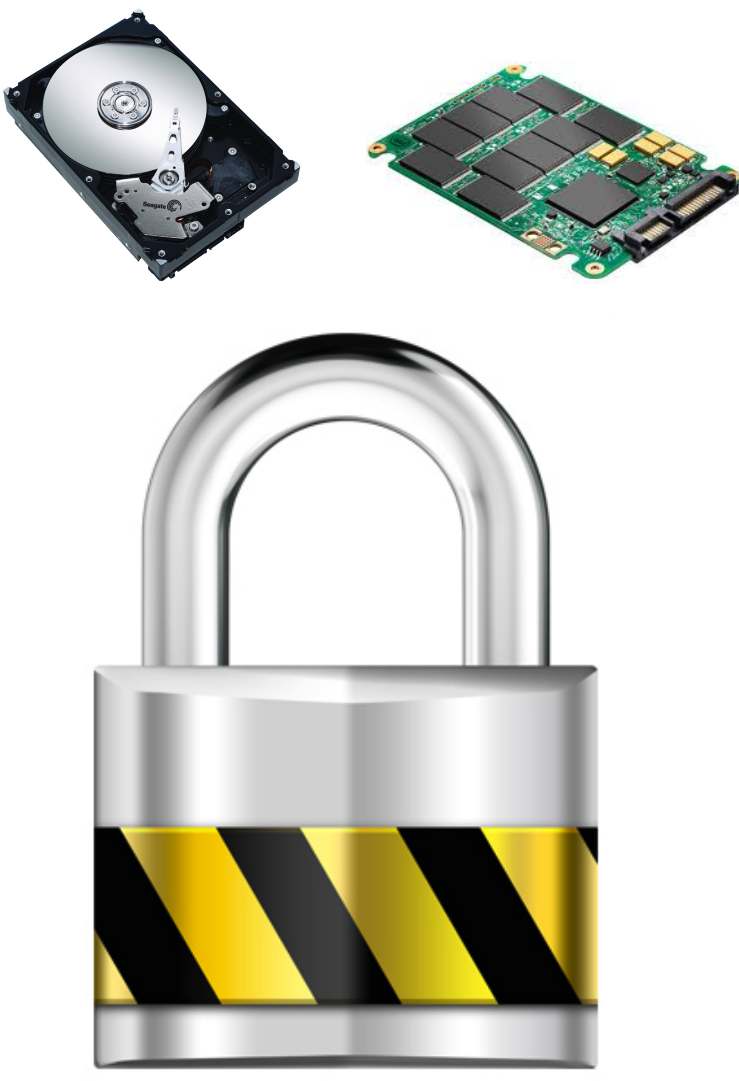100% of HDDs Shipped to Be Self-Encrypting Drive Capable by 2017 – Coughlin Associates
And all SSDs by 2015
This is a Press Release edited by StorageNewsletter.com on April 21, 2015 at 2:50 pmA report from Coughlin Associates on the self-encrypting drive market, the 2015 Self-Encrypting Drive (SED) Market and Technology Report ($3,000), provides 38 pages of analysis of factors preventing and promoting growth of self-encrypting HDDs and SSDs.
Projections out to 2019 for SED capable and SED enabled HDDs and SSDs show expected growth of these products and their applications.
Major conclusions from this report are:
- By 2017 we project that 100% of all HDDs shipped will be SED capable, driven by implementation of this capability into commercial HDD controllers
- By 2018 about 11% of all HDDs shipping units will shift to SED enabled or promoted products, driven by security adoption demand.
- By 2018 the high, median and low estimates for SED enabled adoption for HDDs are 85 million, 70 million and 54 million units.
- By 2014 almost all SSDs were SED capable and by 2015 they all have this capability.
- Although actual SSD SED feature implementation in 2018 is 100% in about 236 million SSDs, the projected actual SSDs from that year intended for security and data protection purposes is estimated at less than 24 million units.
Various factors behind slow market adoption of technology in its early history:
- slow corporate IT spending due to uncertainty and tight IT budgets in the last few years,
- lack of knowledge about the difference between HW based encrypted SEDs and SW encrypted solutions,
- lack of training of OEMs and integrators on the use and advantages of SEDs limits their growth,
- legal issues limiting the use of encrypted drives in some countries,
- a limited initial market mainly driven by government mandates,
- until recently, a lack of common standards and a continuing lack of product certification,
- lack of secure auditing facilities and,
- concerns about data availability, largely due to key management issues and OS support.
Various factors that favor continued growth of SEDs:
- cost parity of SEDs to non-self-encrypting storage devices will make it easier to get these products adopted universally,
- with SEDs there is no discernable encryption time like there is with SW encryption,
- SEDs don’t have the performance overhead that SW encryption running on the host has, leading to better overall system performance,
- SEDs may have a somewhat longer useful life than drives used in a software encrypted system, due to increased reads and writes with SW encryption,
- because the encryption key is stored on the storage device, it cannot be accessed through host hacking, like SW encryption can,
- SEDs are less complex to implement in storage array encryption solutions,
- government mandates and regulations are increasing the requirements for privacy and favor the use of SEDs, particularly those with FIPS 140 certification,
- secure erase reduces re-provisioning and end of life costs, and is the only effective way to make data on a SSD inaccessible













 Subscribe to our free daily newsletter
Subscribe to our free daily newsletter
